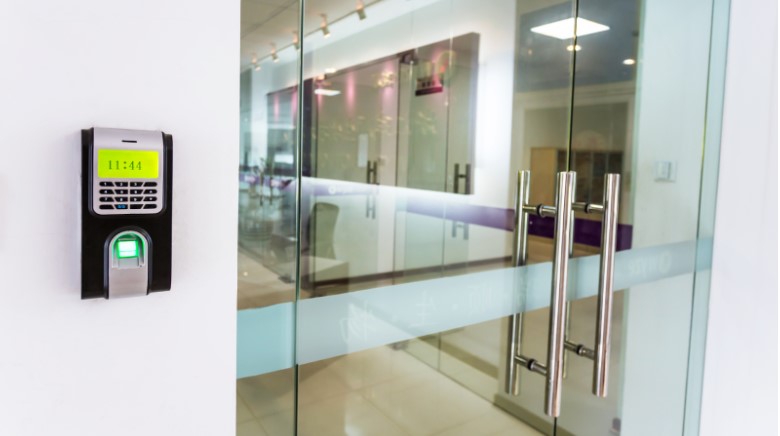Assessing Your Access Control Needs: A Comprehensive Guide for Businesses
Choosing the right access control system for your business is a critical decision that can significantly impact your security and operational efficiency. To make an informed choice, you must start by thoroughly assessing your specific requirements. This guide will walk you through the necessary steps for different scenarios, helping you identify the best solution for your needs.
Scenario 1: Single Location with Basic Security Needs
- Evaluate Entry Points:
- Identify all entry points that need to be secured (e.g., main doors, back doors, windows, etc.).
- Determine the level of security required for each entry point.
- Assess Security Features:
- Decide if basic features like keypad access or key card systems are sufficient.
- Consider adding basic alarm systems for unauthorized entry attempts.
- Integration Needs:
- Check if there is a need to integrate with existing security measures like CCTV cameras.
- Ensure compatibility with any existing infrastructure.
- User Management:
- Determine the number of users who need access.
- Plan for easy addition or removal of users (e.g., issuing new key cards or updating access codes).
- Budget Considerations:
- Calculate the budget for initial setup and ongoing maintenance.
- Compare the costs of different basic systems to find one that fits your budget.

Scenario 2: Multiple Locations with Advanced Security Needs
- Evaluate Entry Points at Each Location:
- List all entry points across multiple locations.
- Assess the security requirements for each location based on its specific needs.
- Advanced Security Features:
- Consider biometric systems (fingerprints, facial recognition) for higher security.
- Evaluate cloud-based systems for remote management and monitoring.
- Implement multi-factor authentication for added security.
- Centralized Management:
- Look for systems that offer centralized control to manage access across all locations from a single platform.
- Ensure that the system can provide detailed audit trails and reports for each location.
- Integration with Existing Systems:
- Check for the capability to integrate with other advanced security measures like sophisticated alarm systems, intrusion detection, and advanced CCTV systems.
- Ensure that the new system can communicate seamlessly with existing infrastructure.
- Scalability and Future Expansion:
- Choose a system that can easily scale as your business grows.
- Plan for potential future locations or additional entry points.
- User Management:
- Implement a system that allows easy management of users across multiple locations.
- Use role-based access controls to assign different access levels to different user groups.
- Budget Considerations:
- Prepare for higher initial costs due to advanced features and multi-location setup.
- Consider the long-term savings from reduced security breaches and streamlined management.
Scenario 3: Integration with Existing Security Measures
- Evaluate Current Systems:
- Take inventory of all existing security measures (e.g., CCTV, alarms, existing access control systems).
- Identify gaps that the new access control system needs to fill.
- Compatibility Checks:
- Ensure that the new system is compatible with your existing security infrastructure.
- Look for systems that support API integration or offer specific compatibility with your existing equipment.
- Unified Platform:
- Choose a system that can be managed from a unified platform for ease of use.
- Ensure the platform can provide comprehensive security insights and alerts.
- Enhanced Security Features:
- Consider advanced features like biometric access or mobile credentials to complement existing systems.
- Implement additional layers of security where needed.
- Vendor Support:
- Select a vendor that offers strong customer support for integrating new systems with existing ones.
- Plan for training sessions for your security team to ensure smooth integration and operation.
- Budget Considerations:
- Factor in the costs of integrating the new system with the existing infrastructure.
- Evaluate the potential cost savings from improved efficiency and security.

General Steps for All Scenarios
- Identify Stakeholders:
- Include all relevant stakeholders in the assessment process, such as IT, security personnel, and management.
- Conduct a Risk Assessment:
- Identify potential risks and vulnerabilities to ensure the chosen system can mitigate them effectively.
- Pilot Testing:
- Consider running a pilot test of the chosen system in a smaller, controlled environment before full-scale implementation.
- Regular Review and Updates:
- Continuously review and update the system to ensure it meets evolving security needs and technology advancements.





